
Updated a bug with minotaur that caused it to auto die on day 2.


“I have not slept for six nights now. Each time I close my eyes, the same low hum begins to coil within my skull — not loud, but present, as though it were the voice of the air itself. I have taken apart every machine in the laboratory, one by one, convinced that the source must be mechanical, yet the sound persists, constant and patient. My colleagues would call it exhaustion, perhaps madness, but they do not hear the vibration that breathes between the atoms of silence.
Tonight I have surrendered to wakefulness. The lamps burn low, their filaments trembling like nerves. The hum has changed — it pulses in patterns, almost rhythmic, as if responding to my heartbeat. I write these notes with trembling hands, uncertain whether I am documenting an auditory hallucination or a discovery. There are moments when I think I can discern words beneath the tone, forming in that endless frequency a whisper of something vast, ancient, and waiting just beyond the threshold of sleep.”
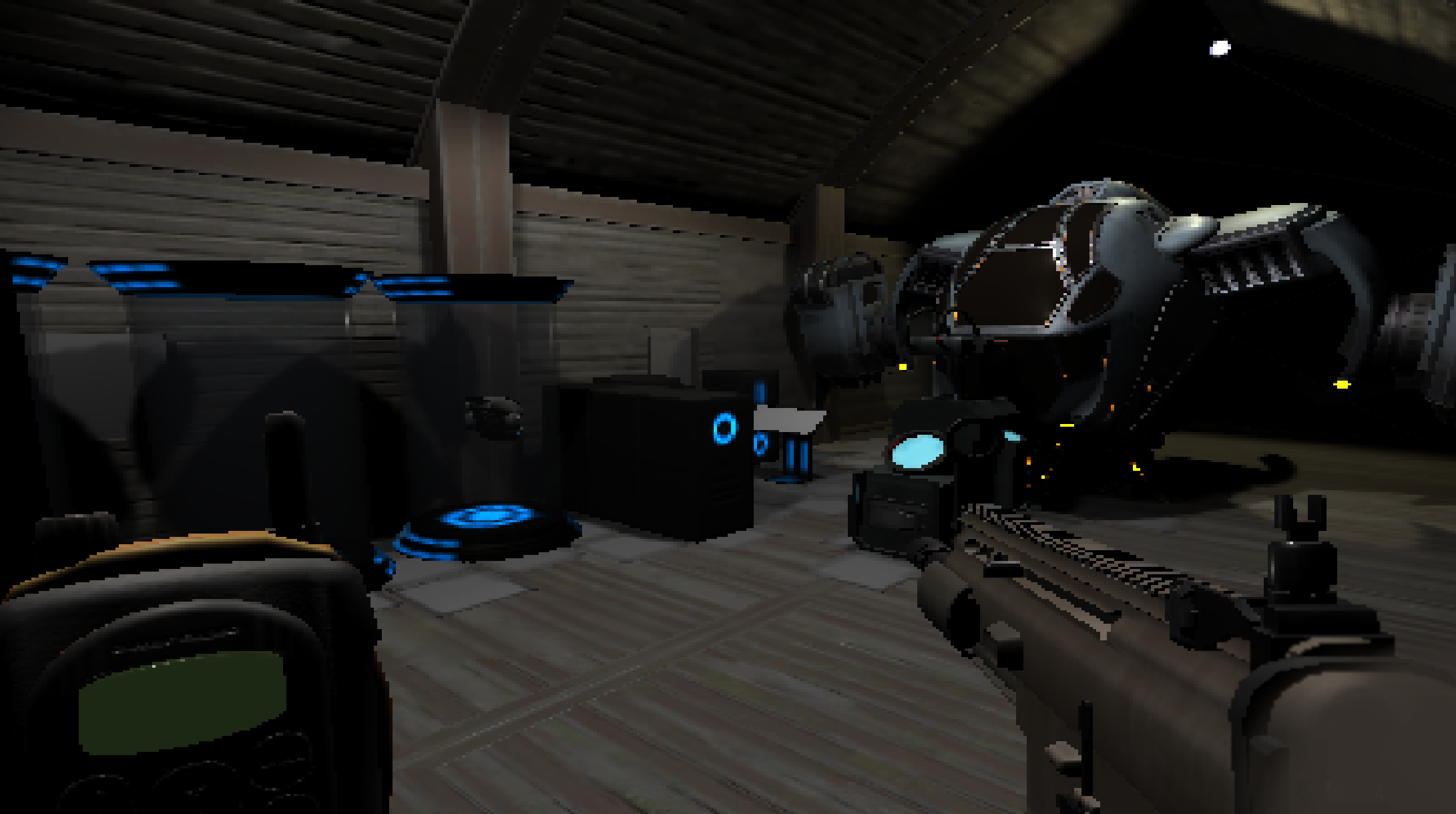
A small introductory event for new players who... take their time.
A major expansion to one of the most mysterious systems in the game.
A massive new location has been added — accessible only under certain logical conditions.
This area includes:
14 new voice messages
6 new one-liners
3 detailed rooms
A labyrinth
And, of course… new things waiting in the dark.
A subtle new sound-based event. You’ll know it when you hear it.
Another new audio behavior event — similar to Drums, but triggered by different player actions.
A long-term, evolving event that unfolds even when you’re not looking.
Bed introduces a second bed in your isolation room — one that doesn’t stay the same size forever.
Window may instead appear, revealing a forest landscape with a distant lighthouse.
What you see depends on where you look.
The tunnel section of the Museum has been drastically expanded. Explore carefully.
Additional sequences have been added. The name remains accurate.
Improved behavioral monitoring — the system now ensures that something is always judging, even when you’ve already done that.
This change also shortens the time between potential events and increases overall system activity, so the game feels more alive — and less forgiving — when you linger too long.
It now takes fewer jumps for the system to start paying attention.
Area borders and decorations corrected and stabilized.
New messages may appear in unexpected places. That’s all I’ll say.
Achievement: Tunnel — Reach the tunnel.
Achievement: 10 Recordings — Find 10 distinct voice messages.
The game offers subtle hints more frequently now — still in tone with the atmosphere.
Adjusted field of view for improved behavior.
Most lighting issues have been fixed.
Double shadows (especially from lamps) may still occur, but overall visual quality is significantly improved on Medium and High settings.
New presets — Low, Medium, High.
After the changes in the behavior monitoring algorithm it is not valid.
Fixed an issue where the player could occasionally be sent into the void. The observing algorithm promises not to do that again.
The fairytail about blueman is no longer cut in part 2.
Due to engine limitations, dynamic keybinding updates remain problematic.
An alternative input method has been added for now.
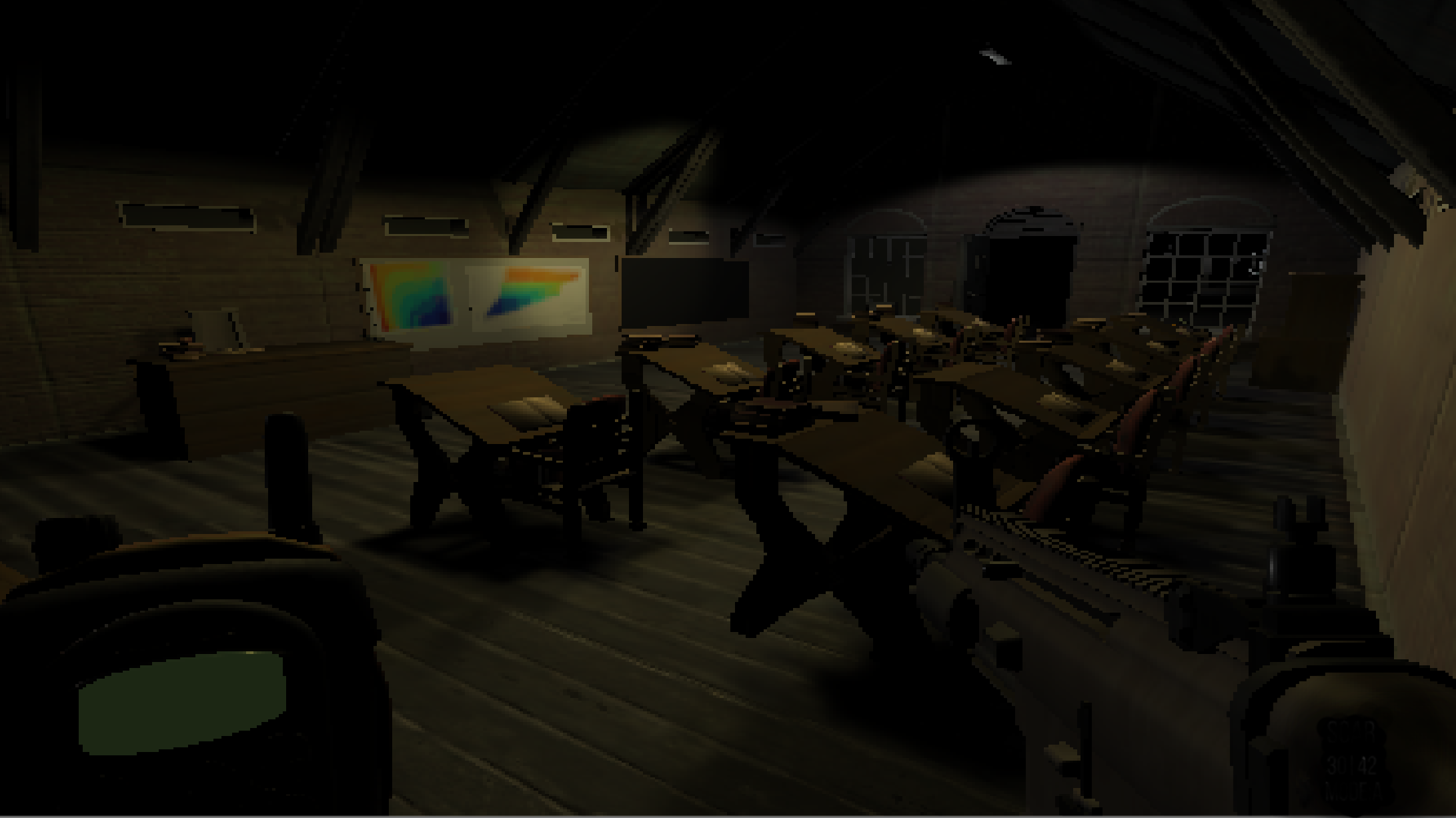
The containment location is ready in terms of content, but it is not ready in terms of optimalization and frame performance. You may expect frame drops or visial glitches.
Dynamic keybinding updates
Functional Collection Tab (with playback option)
Subtitles (English for now, but with infrastructure for more than English)
Shadows fix in some places
Sfx addition (the game lacks a few in some places)
Depending on players' data, changes in the behavior monitoring algorithm
Adding more basic events

We just want to let you know that:
Fasten your first-class seat belts and get ready for takeoff — Living with Temptation 2: French Confessions has officially landed on Steam!
A New Chapter for a Cult Classic
Originally released in 2016, Living with Temptation 2 became a fan favorite, later expanded with Revelations in 2019. Now, the story returns in its most complete and visually stunning form yet.
French Confessions is a fully remastered edition featuring:
4K upscaled visuals for crystal-clear quality.
Enhanced gameplay rebuilt in the Ren’Py engine for smoother performance.
All-new content that expands and deepens the original experience.
Every animation has been re-rendered from scratch using our latest technology — and yes, they look insanely hot.

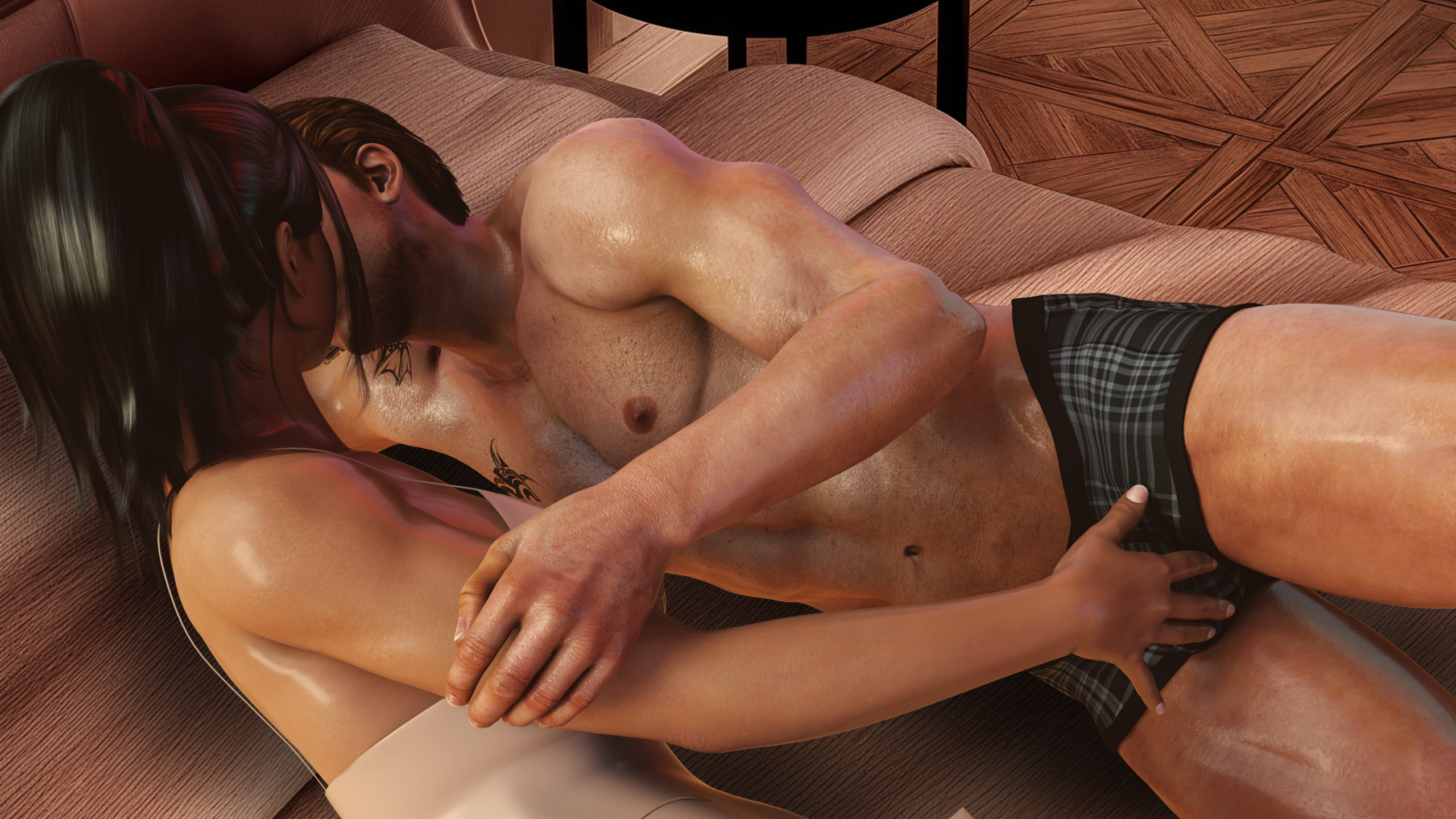





亲爱的英魂小伙伴:
为了共同维护良好的游戏环境,我们对近期游戏对局进行了数据排查,并结合近期玩家实名举报。发现部分账号存在言语违规、演员局、消极比赛等负面行为。根据秩序系统有关条款,我们针对负面行为进行核实以及追查,处罚名单如下:


 Full Burst RPG —BrownDust2.
Full Burst RPG —BrownDust2.
Thanks to your amazing support, our Steam page hit 50,000 wishlists in just one day—and the excitement keeps going!
As of November 14, we’re already approaching 70,000 wishlists.
We’re truly grateful for all your enthusiasm and interest.
To keep this momentum, we’ve prepared an extra reward for when we reach 100,000 wishlists!
🎁 100K Milestone Reward
100K Wishlists: 10 Draw Tickets + 500 Refining Crystals (NEW!)
All milestone rewards will be sent to your mailbox when the game officially launches on Steam.
🔔 STEAM Wishlist Reward List
✔️10K Wishlists: 1K Diamonds (Achieved!)
✔️20K Wishlists: 500K Gold (Achieved!)
✔️30K Wishlists: 50K Refining Powder (Achieved!)
✔️40K Wishlists: 10 Selective Draw Tickets (Achieved!)
✔️50K Wishlists: 10 Draw Tickets (Achieved!)
100K Wishlists: 10 Draw Tickets + 500 Refining Crystals (🔥NEW!)
Let’s aim for 100K together—thank you so much for your awesome support!

亲爱的玩家:
我们将于11月14日04:30--07:00进行游戏更新,届时您将无法登录游戏,给您带来的不便敬请见谅。
本次更新主要内容:
哪些战队能够跻身A组抢占先机?本周对局过后即将揭晓!
1. 本周HEL精英联赛将进入常规赛第1轮最后一周的赛程,在本周的对决过后,只有位列各组积分榜前二的战队才能够在常规赛第二轮中被分入A组,其余的六支战队都将被分入B组。谁能在本周关键的抢分大战里脱颖而出?
常规赛第1轮第3周赛程(BO3)见下文。锁定官方赛事直播间,看精彩赛事,赢精美好礼!
11月14日
19:00 UCN 对阵 ING
21:00 TOP 对阵 PYT
11月15日
19:00 982 对阵 YVT
21:00 PYT 对阵 OMO
11月16日
19:00 ING 对阵 CRS
21:00 ATK 对阵 WDG
2. 诸事顺遂祥瑞至,麒麟祈愿限时得!11月14日-12月11日战神阿瑞斯·祥麒送瑞炫彩系列皮肤返场!基础色限时特惠出售,祈愿可有机会获得其余8款炫彩皮肤,获得特殊炫彩后还可额外解锁特殊技能特效、武器特效与小麒麟绕身彩蛋!此外,收集皮肤达到要求,可领取祥麒送瑞系列 【守卫皮 肤/传送特效/击败特效】、VIP经验卡等丰厚奖励!
3. 为提供更准确参考,交易行道具近期价格已由“最高求购价”调整为“近期成交价”。
英雄调整
小龙女
玉女真经(E)
- 普攻提高攻击力和暴击率 → Q技能命中和普攻均提高
玄穹天帝
仙灵庇护(E)
- 法力消耗:120 → 100
- 每层【仙灵之力】增加法术伤害:20/30/40/50 → 30/40/50/60
幽能极影
虚弱虫蚀(W)
- 冷却时间:13 → 13/12/11/10
- 降低护甲:16/19/22/25 → 25
寂
行(E)
- 强化普攻额外真实伤害:100%额外攻击力 → 100%额外攻击力+100%法术强度
宙斯
雷霆制裁(Q)
- 作用范围:500 → 500/550/600/650
- 魔法伤害:100/160/220/280 → 120/180/240/300
致命电疗(R)
- 优化技能表现
电光侠
极速突袭(W)
- 额外物理伤害:80/140/200/260+60%额外攻击力 → 90/150/210/270+70%额外攻击力
玉兔
玉兔爆竹(Q)
- 施法距离:800 → 850
灵兔迅捷(W)
- 冷却时间:12 → 12/11/10/9
- 攻速提升:15/25/35/45 → 20/30/40/50
貂蝉
凌花回雪(Q)
- 回复生命:70/100/130/160 → 80/120/160/200
美人心计(R)
- 冷却时间:100/90/80 → 90/80/70
福娃
裂风爆竹(Q)
- 一段法强加成:30% → 60%
- 二段法强加成:30% → 25%
火树银花(R)
- 施法距离:600 → 700
炽焰火女
怒焰火海(R)
- 冷却时间:100/80/60 → 80/70/60
神雕侠
神雕(R)
- 冷却时间:30 → 25
时光守护者
流光重刻(W)
- 冷却时间:28/25/22/19 → 25/23/21/19
不灭时域(R)
- 恢复最大生命值20%+150/300/450 → 20%+250/350/450
- 倒计时结束若目标未被击败,第1秒开始回血 → 第0秒开始回血
白袍巫师
时光缓行(W)
- 作用半径:150 → 125
- 减速每秒衰减15% → 每0.5秒衰减10%
周瑜
业火(Q)
- 每秒法术伤害:100/160/220/280 → 120/180/240/300
驱逐(W)
- 施法距离:1000 → 900
赵云
一骑当千(R)
- 法力消耗:100 → 75
- 护甲提高:18/24/30 → 24/30/36
- 法抗提高:5/10/15 → 10/13/16
灭世魔星
魔星降世(R)
- 法力消耗:75 → 100
机制优化/问题修复
- 优化并补充吕布部分皮肤F技能动作
- 优化黑胡子E技能、白月初R技能动作表现
- 修复翡翠之心无法免疫部分减攻速效果问题
- 修复部分召唤物无法继承“恃强凌弱”天赋效果问题
- 修复黑桃皇后短时间内连续释放E技能概率丢失伤害问题
- 修复量子博士W技能冷却时间未随技能等级提升而减少的问题
- 修复赵云F技能可通过骑乘维持战斗状态问题
- 修复赵云闪避指向性技能后概率不刷新Q技能问题
- 修复三藏禅师R技能心魔可触发装备特效问题
- 修复火神战姬F技能反伤异常问题
- 修复部分二段技能超过可用时间释放问题
- 修复暗黑冥神R技能二段无法对隐身单位使用问题
- 修复涂山红红R技能状态持续期间再次释放R技能,光效和F技能可用状态异常问题
- 修复石甲守护者R技能护盾判定为负面效果问题
- 修复奥丁Q技能冰冻效果未判定为负面效果问题
- 修复护甲为负时受到百分比减甲效果后数值异常问题
- 修复概率不获得“破营”荣誉问题
- 修复范海辛与德古拉对阵时未触发“宿命对决”彩蛋问题
- 修复赵云·重铸皮肤普攻受击光效丢失问题
- 修复量子博士徐如林皮肤R技能二段生效后光效残留问题
- 修复录像结算界面数据概率异常问题
- 修复冒险模式下部分称号佩戴异常问题
- 修复神火排行榜-未上榜时,战斗力显示异常问题
- 修复宝库-装饰-坐骑形象界面,坐骑跑动表现异常问题
- 修复冒险模式匹配成功时,无音效的问题
请大家互相转告,谢谢大家的支持,支持国产支持英魂!

"Christmas Tina~泡沫冬景" has garnered widespread praise for its delicate narrative and sense of authenticity. The immersive feeling of era transition it creates will be continued in "The Last Poem"
The story of "Christmas Tina" begins in 1988 Japan, at the peak of the bubble economy. It depicts a remarkable encounter in Tokyo in 1988, where two young people from different countries search for genuine warmth amidst the illusory prosperity of the bubble era.
As a sequel set in the same universe as "Christmas Tina", "The Last Poem" will launch a new serialized column to share this work's unique stage story. This article will focus on explaining Japan's "Employment Ice Age" during the late 1990s.
What paths would the young people who experienced the bubble economy's prosperity take after its collapse? Moving to the countryside? Educational expansion? It seems like a preview version. Japanese university graduates from thirty years ago faced a hellish start?!
After the Christmas Eve of 1988, the story of "Christmas Tina" came to an interim conclusion. Since then, real Japanese society has undergone earth-shaking changes.
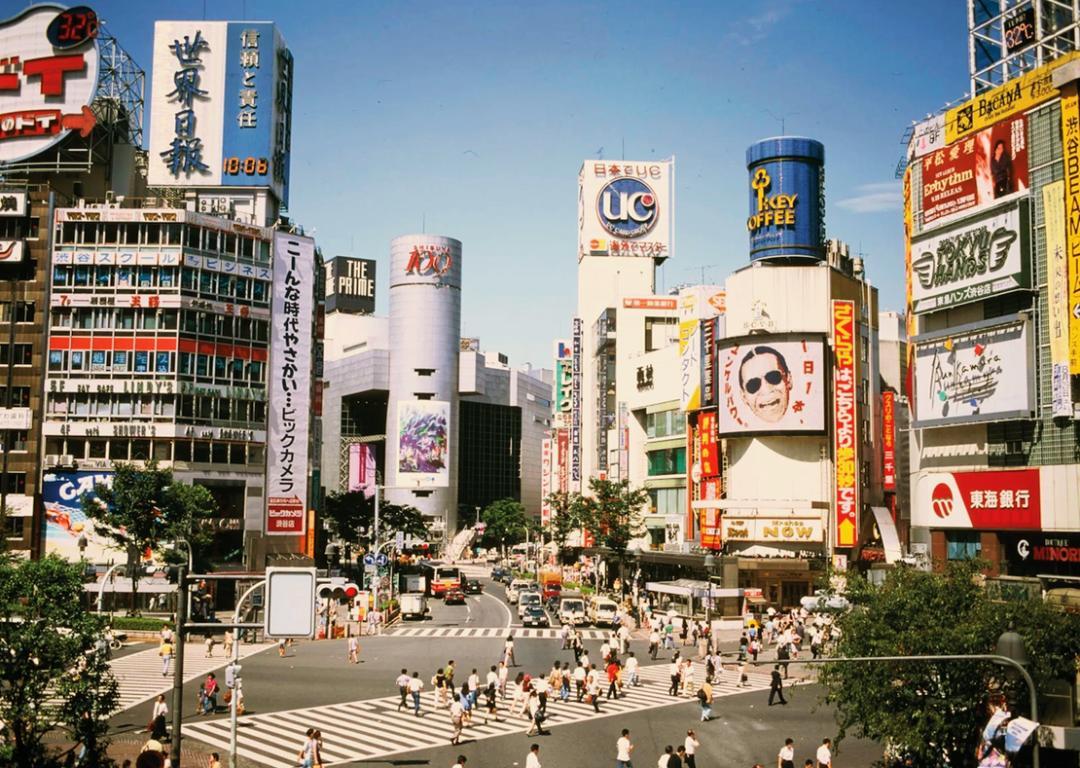
Faced with rapidly inflating asset bubbles, the Bank of Japan sharply raised interest rates in 1989. The abrupt monetary tightening first impacted the stock market, which began to plummet. The real estate market held on for another year before confidence collapsed in 1991. Prices, led by Tokyo, began to crash, and a situation where assets were overvalued but hard to sell emerged.
With the plunge in Japanese stocks and real estate, the asset bubble burst completely. Large-scale corporate bankruptcies occurred, and the nation entered a prolonged period of economic stagnation.
At the beginning of 1999, towards the end of the 20th century, the story of "The Last Poem", the sequel set in the same world as "Christmas Tina", begins. By this time, Japan was experiencing an economic slump after the bubble burst, further hit hard by the 1997 Asian financial crisis (Note: text mentions 1998, often associated with Japan's financial crisis). Suicide rates and unemployment rates were climbing, and the social atmosphere was heavy.
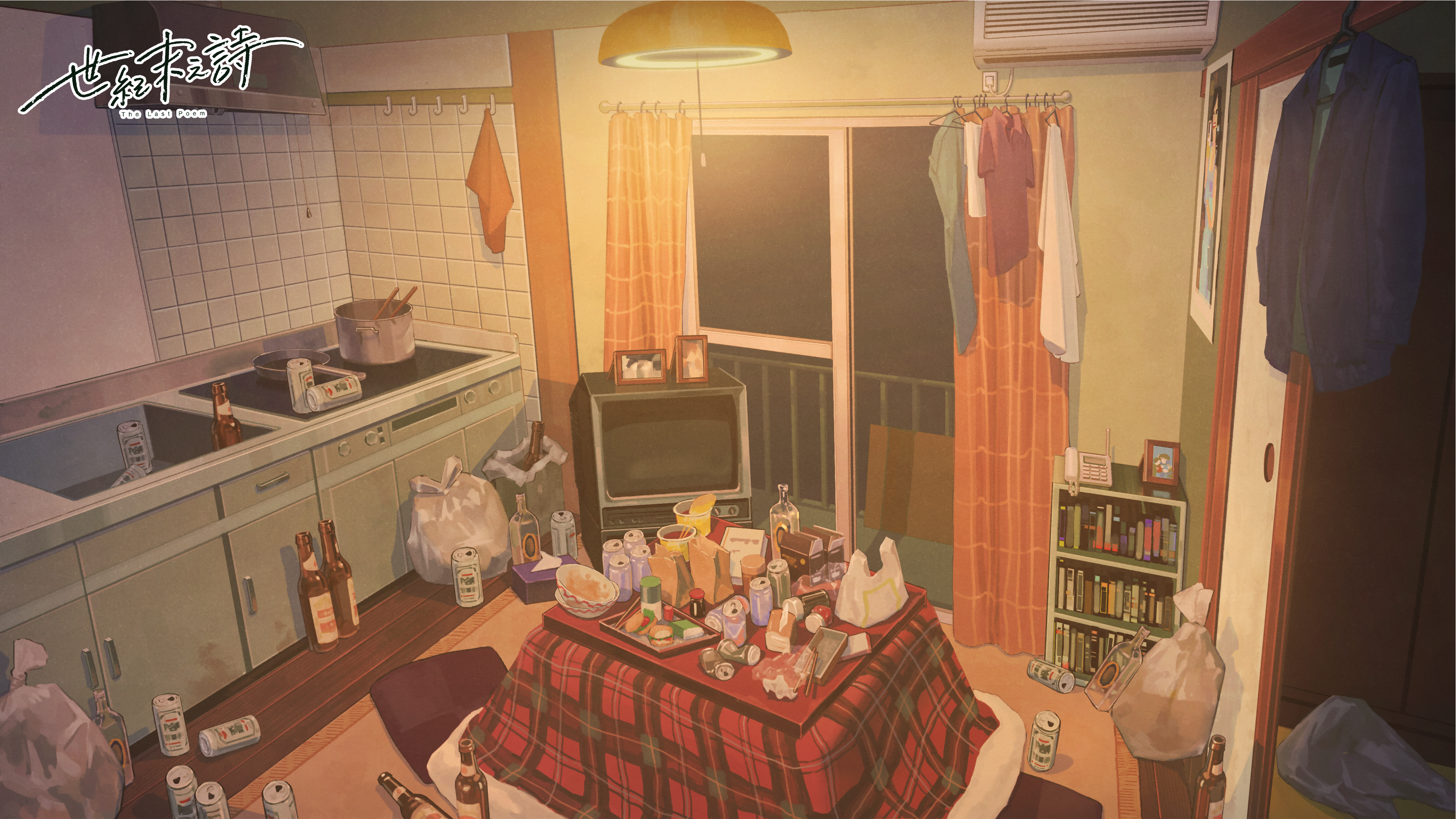
In the early 1990s, to counter the employment crisis, the Japanese government chose to prioritize rescuing large corporations. By bailing out banks and maintaining the cross-shareholding system, they essentially preserved the foundation for the survival of large enterprises, thereby sustaining the "lifetime employment system."
However, this system primarily benefited older employees who already had stable positions within companies. Most of them were burdened with mortgages. Stabilizing this group not only helped maintain basic stability in the job market but also, to some extent, prevented a complete collapse of the real estate market. During the turbulent period after the bubble burst, the lifetime employment system became an important buffer preventing a total economic collapse.
But this policy was not friendly to young people entering society at that time, especially university graduates. They faced the de facto dissolution of the "lifetime employment system" and a sharp reduction in stable positions.
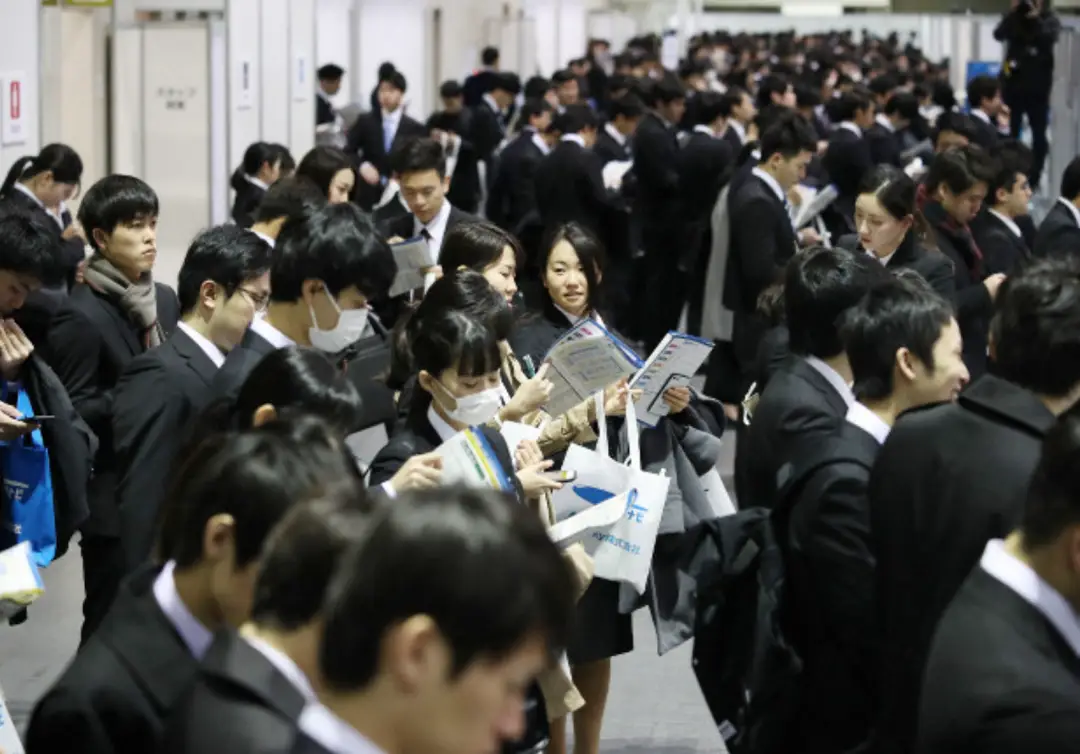
To alleviate employment pressure, the Japanese government mainly implemented two policies:
Rural Infrastructure Revitalization Plans;
Educational Expansion.
The former aimed to guide highly educated youth not to overly concentrate on working in large cities. The latter rapidly expanded master's and doctoral enrollments to delay graduates' entry into the job market.
Starting from 1992, the scale of Japanese higher education expanded rapidly. The number of master's and doctoral students quickly exceeded 200,000, but this also led to academic inflation. Furthermore, higher education expansion was closely related to Japan's "National Strategy for Innovation through Science and Technology." However, as this strategy faced setbacks in international competition, particularly in semiconductors, many highly educated talents trained to support industrial upgrading ultimately found themselves with "no place to apply their skills."
At that time, Japanese youth had three main choices:
First, respond to the call to leave the cities and participate in rural development, although most chose to return to cities after 2000.
Second, stay in cities to compete for scarce regular positions or accept non-regular employment like dispatch or temporary work. To repair their balance sheets, large companies focused on retaining older employees, offering few regular positions to young people. After the Japanese government passed the Worker Dispatch Law, companies followed suit, heavily utilizing dispatched and temporary workers.
Third, choose postgraduate studies (master's/PhD) to postpone employment. However, with the failure of Japan's science and technology policy, they still faced a lack of suitable positions years later.

In fact, the unemployment rate did not peak immediately after the bubble burst. It reached its highest point around 2000 and then remained stubbornly high.
Consequently, the period from 1993 to 2005 became known as the "Employment Ice Age," primarily referring to the period of severe employment difficulties following the collapse of Japan's bubble economy. Young people seeking jobs during this time were called the "Ice Age Generation" or the "Lost Generation." Statistics show that the youth (15-24 years old) unemployment rate peaked at around 10% (for comparison: the 2022 youth unemployment rate was 4.6%). It reached its zenith around 2000, the "Super Ice Age," where the employment rate for new university graduates fell to 55.8%, and approximately 22.5% of new graduates were unemployed.
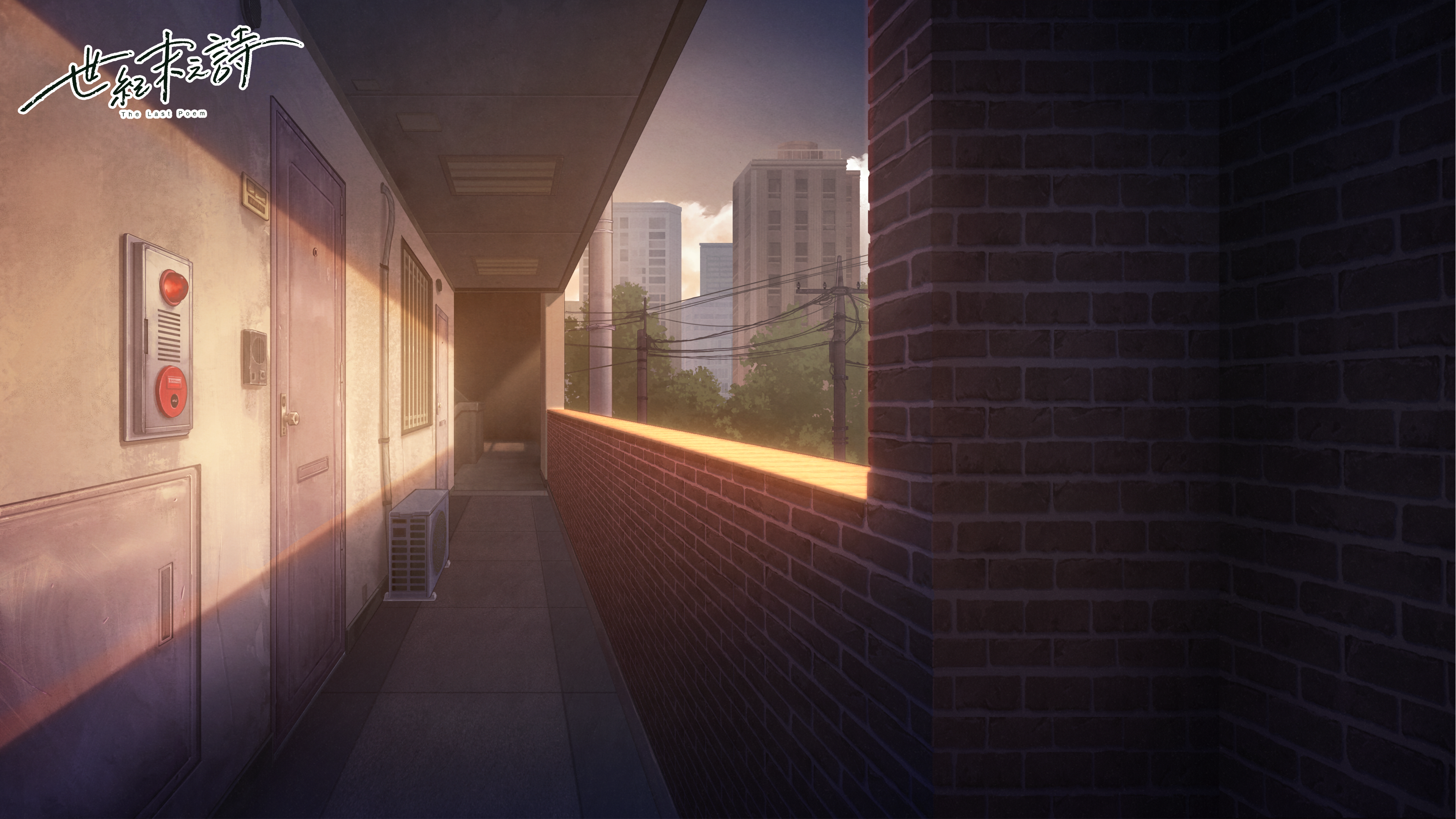
"The Last Poem" features a Japanese heroine, Sakurai Emi, who is a veritable member of this "Employment Ice Age Generation." As a student about to graduate from high school, she is deeply influenced by the overall social atmosphere of the time and feels some anxiety and uncertainty about her future path.

The generation she represents grew up during a period of Japan's rapid economic growth and a positive, prosperous social atmosphere. The proportion of them receiving higher education was significantly higher than that of their parents' generation.
However, just as they entered society with expectations, they encountered sudden economic stagnation and a drying up of opportunities.
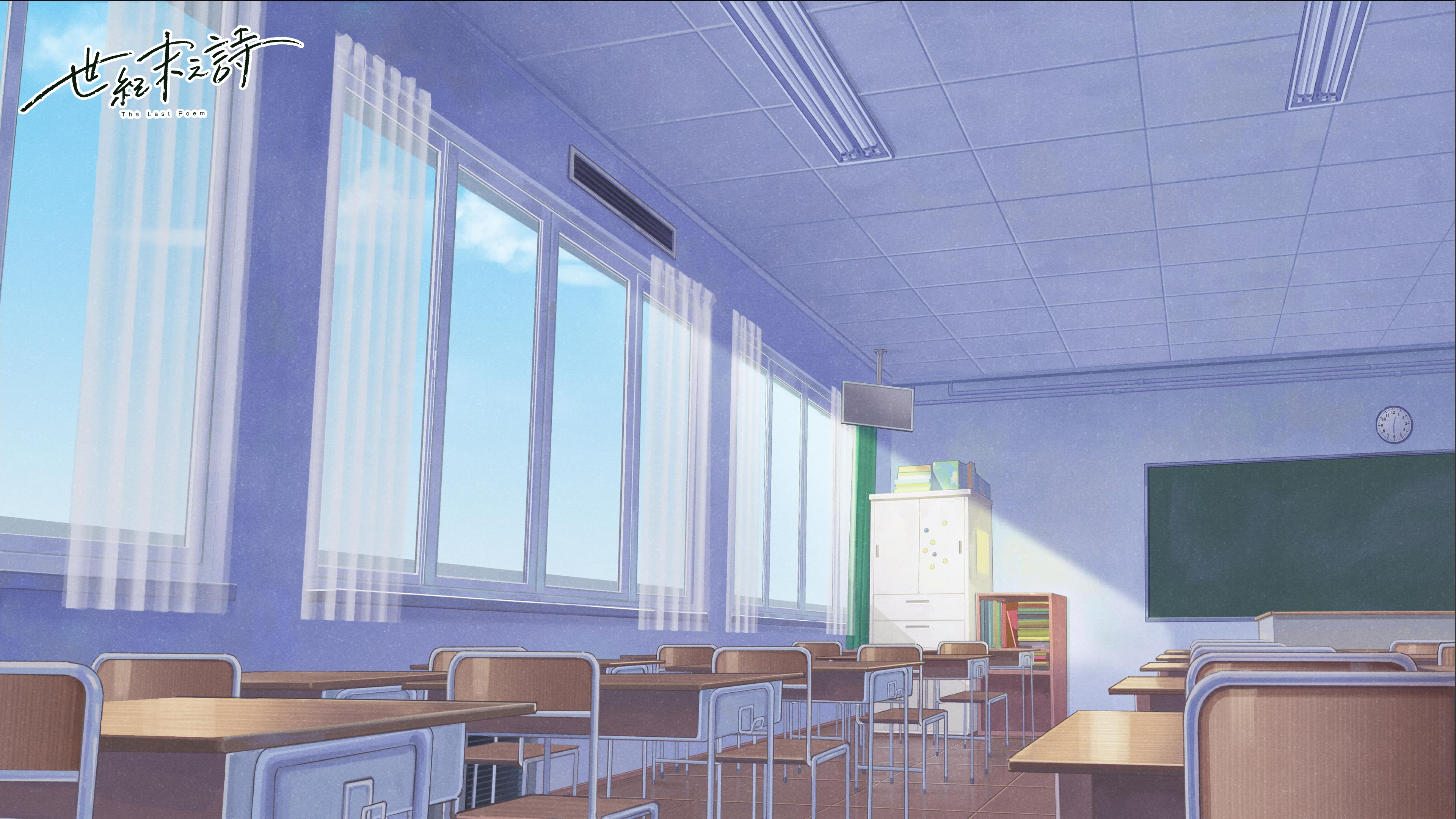
Most young people were forced to accept non-regular employment, such as dispatch or temporary work, leading to significantly reduced salaries, benefits, and bleak career prospects. Widespread, frustration, and a sense of uncertainty about the future became the common psychological of the "Lost Generation."
In such a social environment, Japan saw a significant rise in "Hikikomori" (social recluses) who withdrew from social interaction, stayed at home for long periods, immersed themselves in the internet, and sought solace in virtual worlds. This provided fertile social ground for the growth of "Otaku Culture." Estimates placed their numbers as high as approximately 700,000.
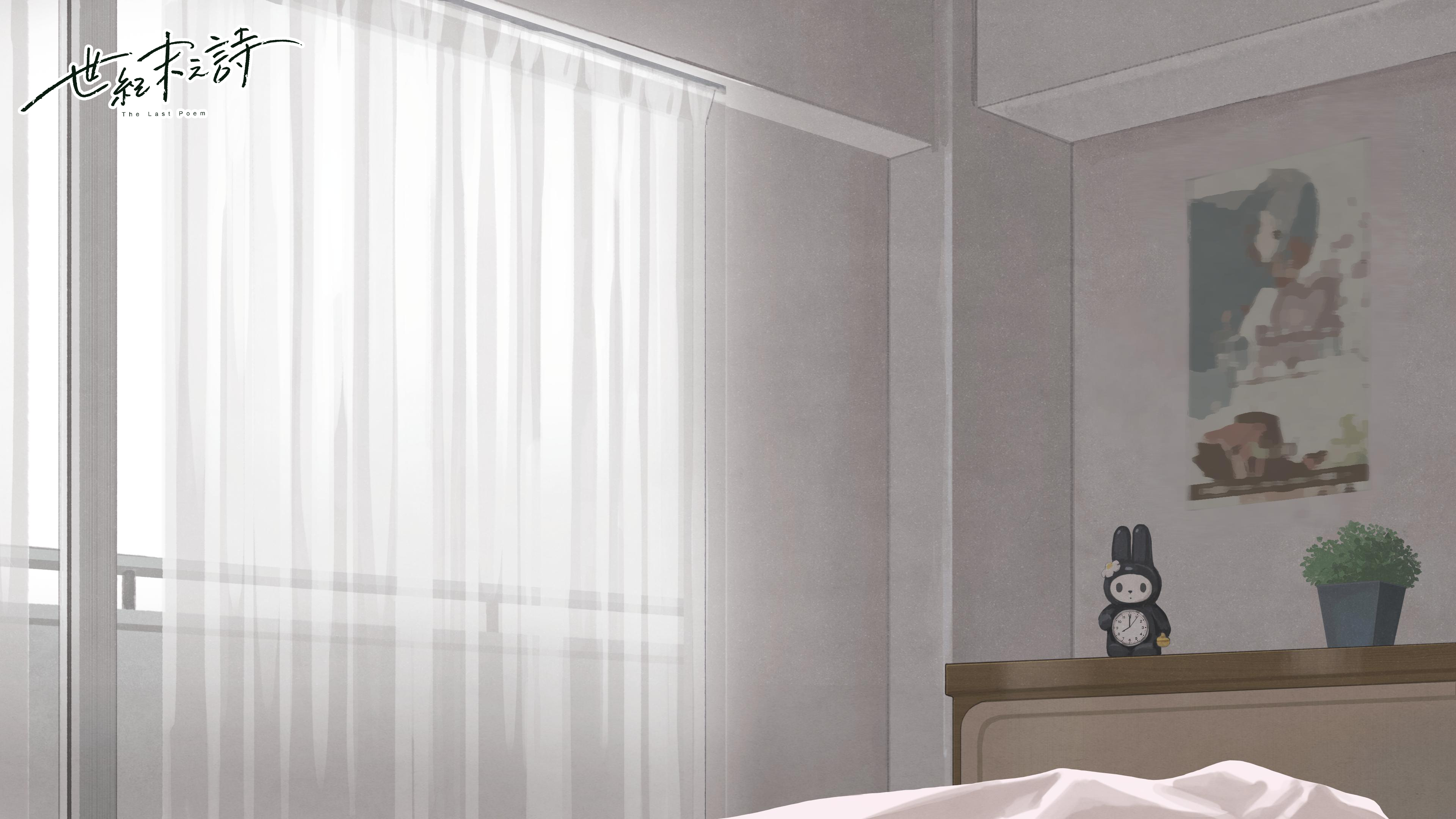
The overheated, imbalanced development led to a stock market crash. The ensuing public anxiety following the shift to a market economy plunged Japan into a period of depression. People began seeking solace and satisfaction in various entertainment needs.
Music, film, street culture, and others grew counter-intuitively amidst the压抑. Tokyo's Harajuku, Shibuya, and other areas gradually became the birthplace and center of Asian trend culture. On the other hand, "Otaku Culture" saw its dawn. Akihabara transformed from an electronics district into a holy land for otaku, and ACG (Anime, Comic, Game) culture flourished.

As a low-cost form of entertainment, the secondary dimension (anime/game world), with its affordability and ease of immersion, met the needs of young people to fill time and alleviate real-world anxiety—the underlying reality was a widespread pessimism about the future.
The pressures of the Employment Ice Age forced Japan's new generation to turn their attention and interests towards numerous subcultures. Japan's already deep ACG foundation accumulated in the 1980s, coupled with the vast consumer market nurtured during the bubble economy period, jointly provided the opportunity for the rise of subcultures after the 1990s.

Tokyo, once a city of blooming prosperity, was mired in waves of "bankruptcies," "unemployment," and "suicides."
Where would the ordinary young people who experienced the bubble economy's prosperity go after its collapse?
The immersive sense of era transition continues in "The Last Poem", which once again focuses on ordinary people in a great era.
In Japan, the collapse of the bubble economy and the social atmosphere of rising unemployment force the girl named Sakurai Emi to face her choices after high school graduation.

The Chinese girl Lin Chunxuan, who unfortunately lost her family in the 1998 floods, coincidentally accepts Jiang Xiaomo's suggestion and decides to leave for Japan.

The female protagonist from the previous work, "Christmas Tina", Sakurai Kanna, is employed at a large game retail store in Tokyo, responsible for wholesale procurement. This coincided with the golden age of the Japanese game industry, marked by the "console wars" between Sony PlayStation, Sega Saturn, and Nintendo 64.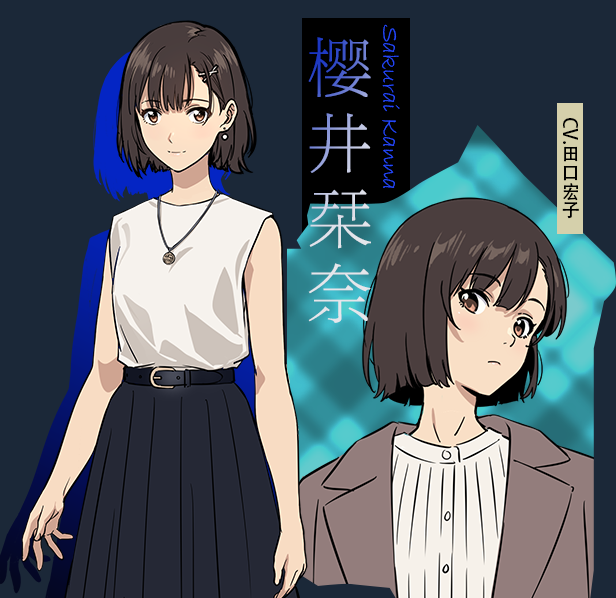
The male protagonist from the previous work, "Christmas Tina", Jing Xiaoran, after a chance reunion with Jiang Xiaomo, accepts Sakura Shiori's invitation and returns to Tokyo after a hiatus of 7-8 years.
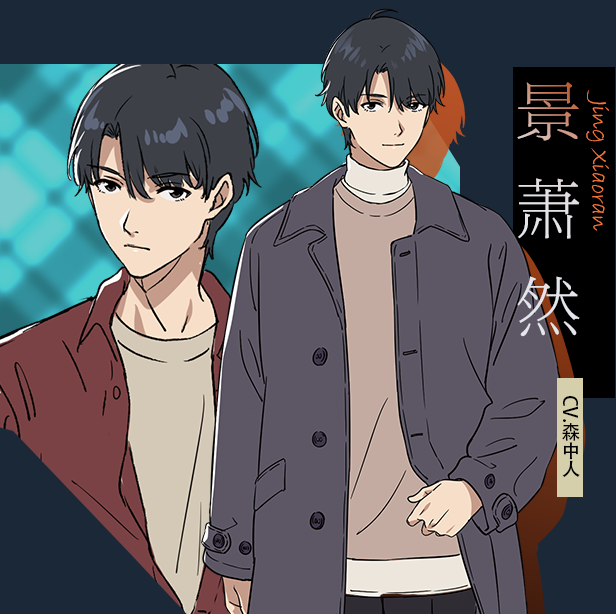
Jiang Xiaomo, who seized opportunities during the prosperous bubble economy and managed various businesses, saw his ventures gradually go bankrupt and contract after the bubble burst, as land price speculation became history. His personal起伏 is a vivid example of Japan's economy shifting from illusory prosperity to burst bubble.
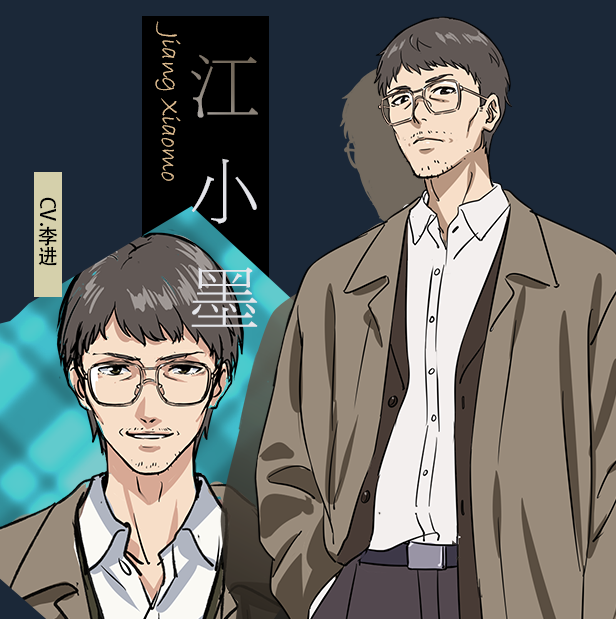
After the bubble economy, Sakura Shiori tried her hand at various independent business ventures over the years. After Jing Xiaoran came to Japan, she encouraged him to restart their old trade in the food and beverage business together. This later evolved into the first maid cafe in Akihabara.
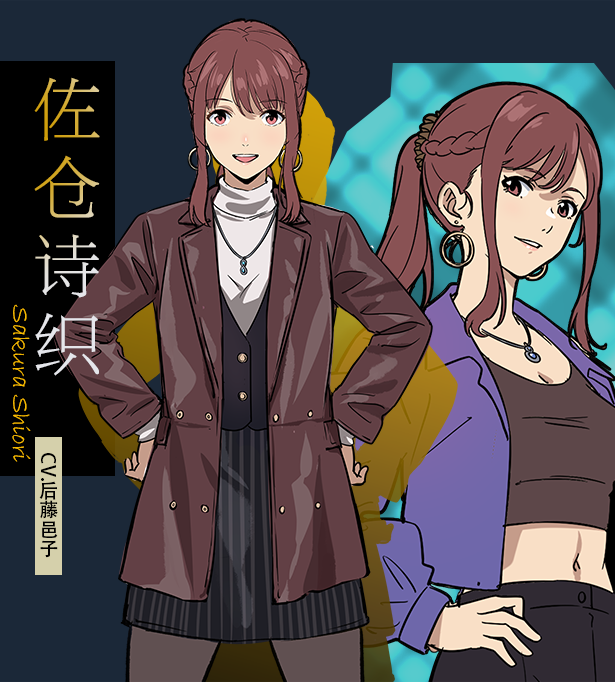
The worldlines converge. The old and new characters gather again in Tokyo. Through incredible twists of fate, they will jointly operate the first maid cafe born in the "IF line of Akihabara."
In real history, the first cafe considered a true maid cafe is believed to be "Cure Maid," which opened in Akihabara's electronics district in March 2001. There, waitresses dressed in Victorian maid uniforms treat customers as masters in a private home.
Akihabara, the birthplace of the maid cafe, is also the main stage for the story of "The Last Poem". Significant effort has been invested in the conceptual design of "Akihabara" for this work. We will later share details on how we recreated Akihabara circa 1999.
Please look forward to it!
——————————————————————————
▌ "The Last Poem" Store Page is continuously being updated. Click to add it to your wishlist - that's the biggest support for us!
https://store.steampowered.com/app/3846210/_/
——————————————————————————
〓 Previous Character Settings 〓
https://store.steampowered.com/news/app/3846210/view/633443608688593013?l=schinesehttps://store.steampowered.com/news/app/3846210/view/643577980522595029?l=schinese

This product is exclusively available for sale in Japan.

The "Item Only" edition does not include the base game, making it the perfect choice for those who want the exclusive items but prefer to play the game on Steam.


※ Size: Lou Height: Approx. 18cm, Weapon Length: Approx. 24cm


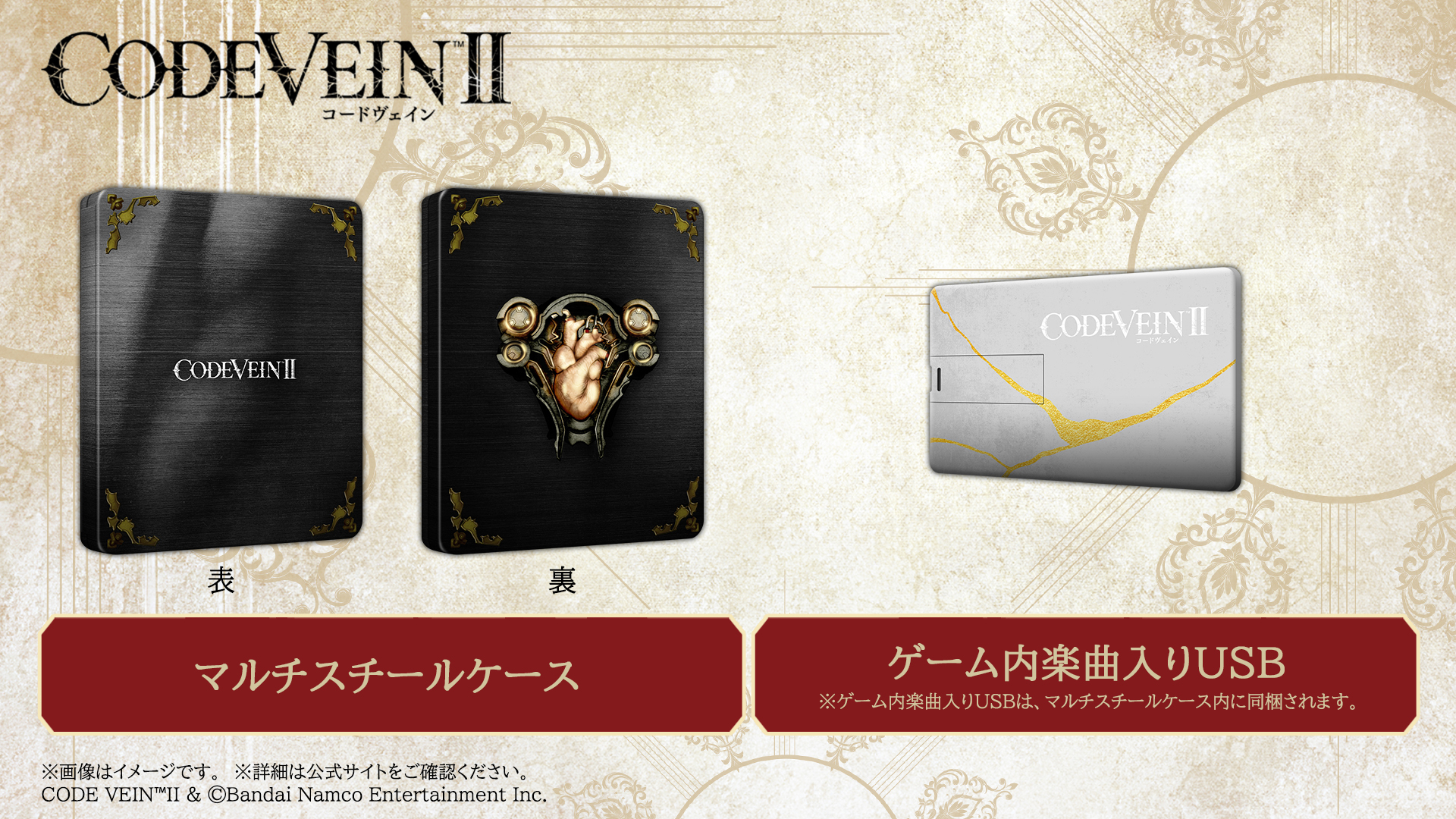
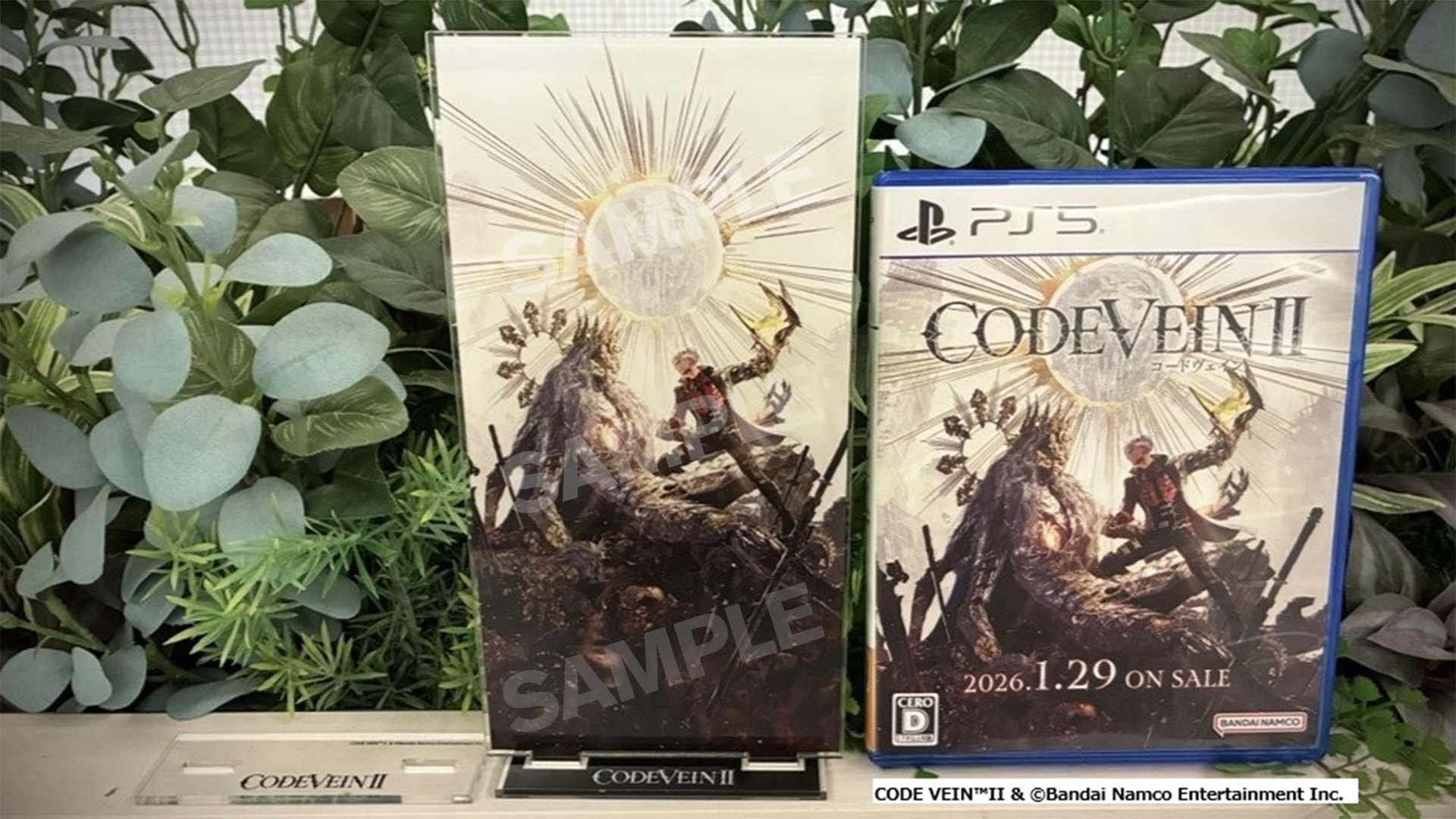
※ The "Item Only" Premium Collector Edition does not include any in-game digital content (product code flyer) .
Please ensure not to mistake this edition for other products that includes the base game during purchase.
※ The "Item Only" Premium Collector Edition is scheduled to be released on 29th January 2026.
※ Please see the official website for more details.
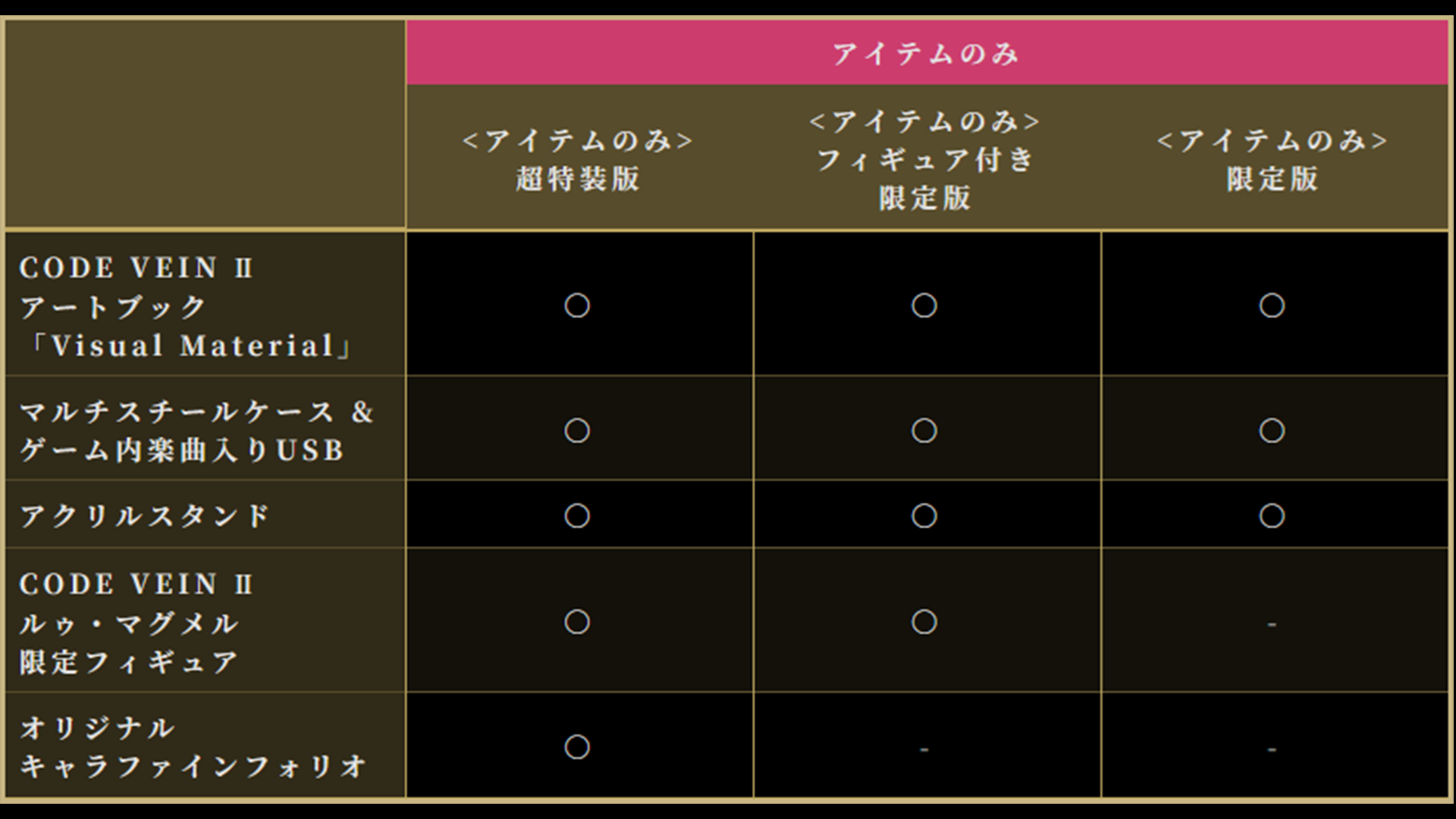
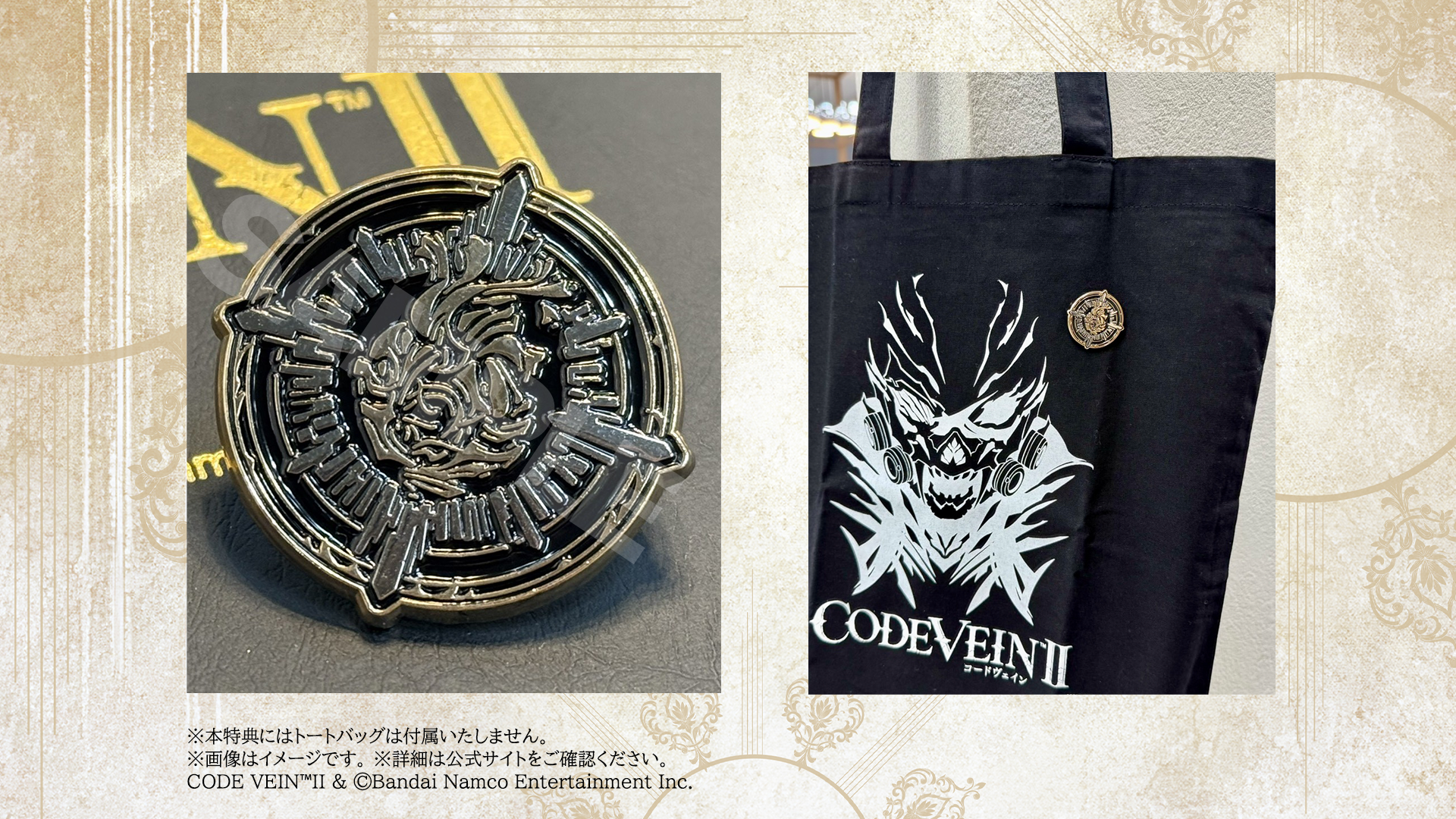
※ This item is a purchase bonus item available across ASOBI STORE / Premium Bandai ASOBI STORE.
※ The pin badge is included with any pre-order/purchase of the Premium Collector Edition, Limited Edition with Figure, Limited Edition, or Standard Edition (including the "Item Only" versions).
※Please see the official website for more details.
https://store.steampowered.com/app/2362060/CODE_VEIN_II/

Thank you for your continued support on "Towa and the Guardians of the Sacred Tree."
We are preparing a free update with adjustments to make the game more enjoyable, based on the input we have received from the community.
In this update, we are focusing specifically on the game's difficulty, and plan to make the following adjustments:
Adjusting enemy health and spawn rates
Optimizing the amount of in-game currency acquired and various upgrade costs.
Easing story progression by raising the initial and maximum values of protection in story mode.
Detailed release date will be announced later.
Thank you and we hope you look forward to the upcoming update.